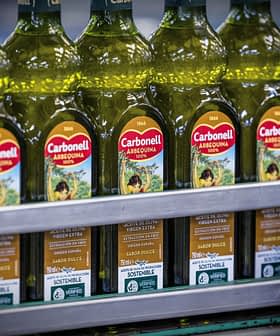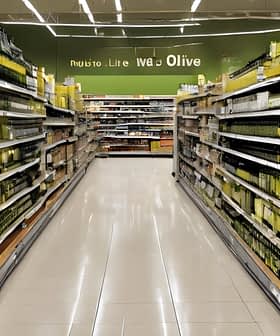Argentina has experienced one of its worst olive harvests in recent years, a situation that’s causing a great deal of concern among olive oil producers in Mendoza and neighboring provinces, according to the newspaper Los Andes.
The Institute of Rural Development (IDR) estimated a below average olive harvest of 28,277 MT, representing a 65 percent reduction from last year. Some estimates have pegged this year’s olive oil production at well below 10,000 MT for a country that typically produces around 30,000 MT. Heavy rains are largely to blame for the poor results, while bottom-of-the-barrel international prices have further discouraged producers.
“This year we had one of the worst harvests in twenty years. Olives arriving at the factories from the eastern part of [Mendoza] province for olive oil production have been less than 10 percent of what we processed last year,” said Armando Mansur who owns Olivares de Don Ignacio and presides over the Mendoza Olive Producers Association (Asolmen).
Meanwhile, Spain produced a record 1,758,000 MT of olive oil this year, causing international prices to bottom out. This situation affects prices in Argentina because, although olive oil imports are heavily taxed at 31.5 percent, national producers who raise their prices too much risk losing clients if importing becomes a more attractive option for them.
The combination of these factors have forced a number of producers to close shop indefinitely, a trend that has Marcos Lopez of Eliá very concerned for the future.
“I wouldn’t worry so much in a year like this if a farm didn’t operate because there was no production. What really worries me is that some farms have decided not to reopen. They see no favorable prospects in the medium or long term,” Lopez said.
“One thing is a bad year with a reasonable outlook and another is a bad year with a negative outlook. The latter forces the producer to abandon production altogether, and an abandoned olive grove will never recover,” he added.








